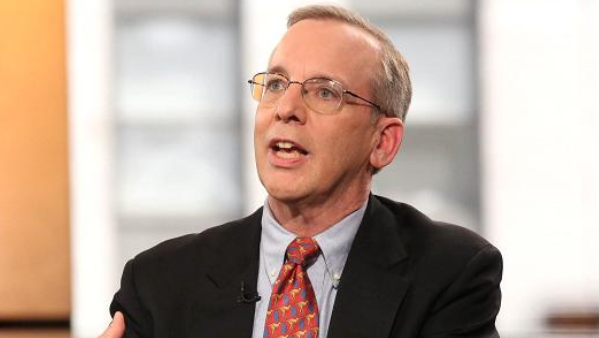New York Fed President Bill Dudley speaks at 10 am ET (1400 GMT)

The main event on my economic calendar today is a speech from NY Fed President Dudley. The topic is the local and regional economy but it's a press briefing so that suggests he has something to say.
After the strong durable goods orders report, some dovish words from Dudley would be the perfect tonic for frayed equities. S&P 500 futures are up 44 points with about 45 minutes until the open.
The text of the speech will be delivered at 10 am ET and he's expected to hold a Q&A afterwards.
Dudley is regarded as one of the most-dovish Fed members but his latest views are unknown. In an Aug 12 speech he didn't comment on the outlook in a speech but said the Fed was watching the Chinese economy very closely in a Q&A.
Dudley also spoke on June 5 and was upbeat at the time. He said he was gaining confidence on inflation rising but expected trade to be a drag. He said job gains were critical in order to boost inflation.
One indication on his thinking may have been some research published today from the New York Fed. Economists there argued the slack in the labor market remains significant.
"The current normalized E/P gap is estimated to be 32 basis points, which represents an 89 percent reduction from the 283-basis-point gap in November 2010. This finding suggests that the labor market has made considerable progress in its recovery, but is still not yet back to neutral. To gain additional perspective on this finding, we can compare the current gap with those that existed in two earlier tightening episodes. At the time the FOMC began to raise rates in February 1994, the gap was 92 basis points; at the end of that tightening cycle, it was 14 basis points. And when the Committee began to raise rates in June 2004, the gap was -38 basis points; at the end of that tightening cycle, the gap was -125 basis points. To assess labor market slack and understand the behavior of labor compensation in the quarters ahead, it will be particularly important to mind the gap."
That argues that the Fed might be close but that it still has plenty of time before wage gains begin to drive inflation.